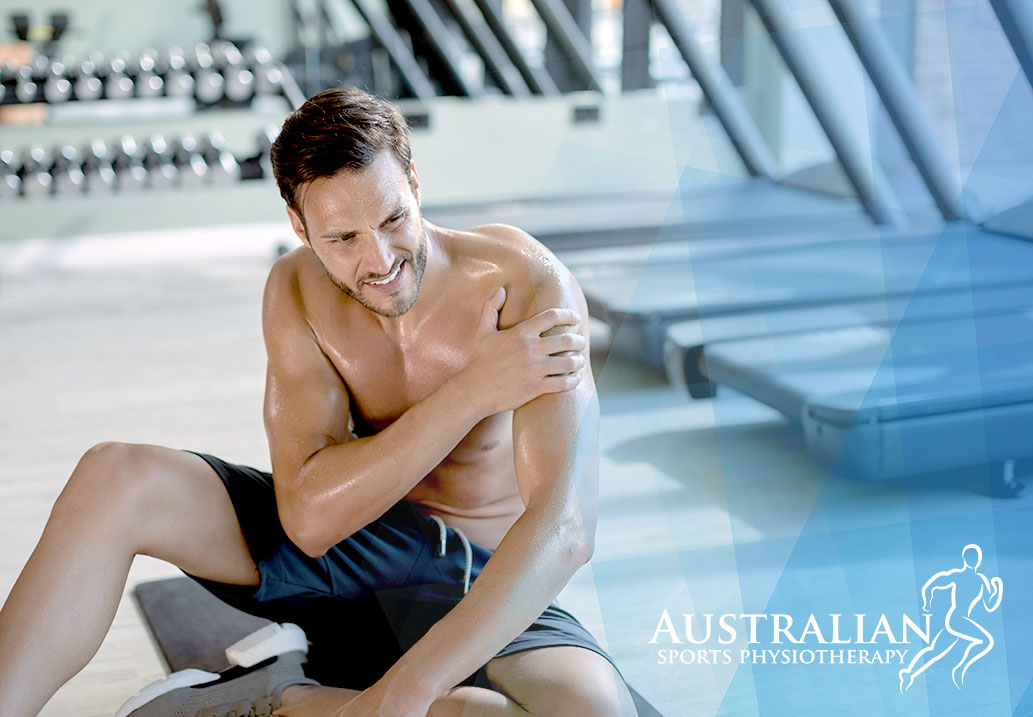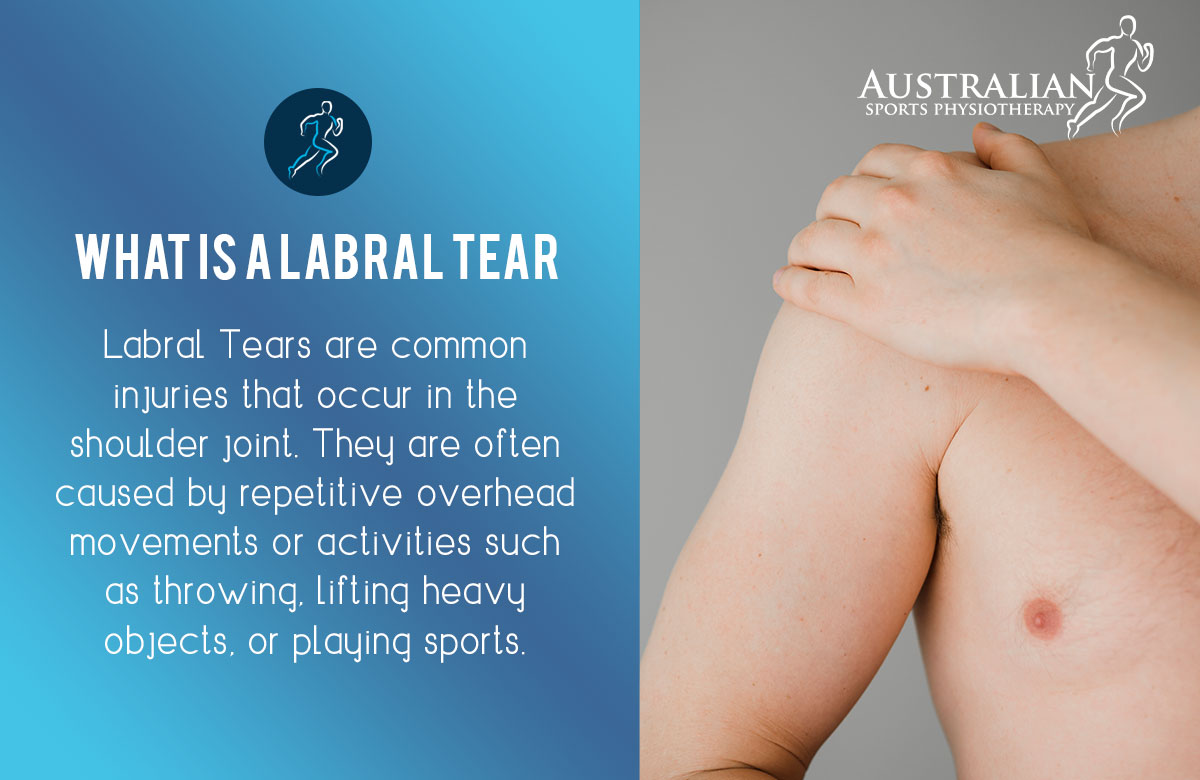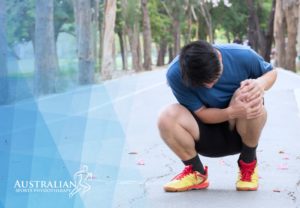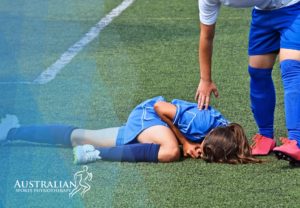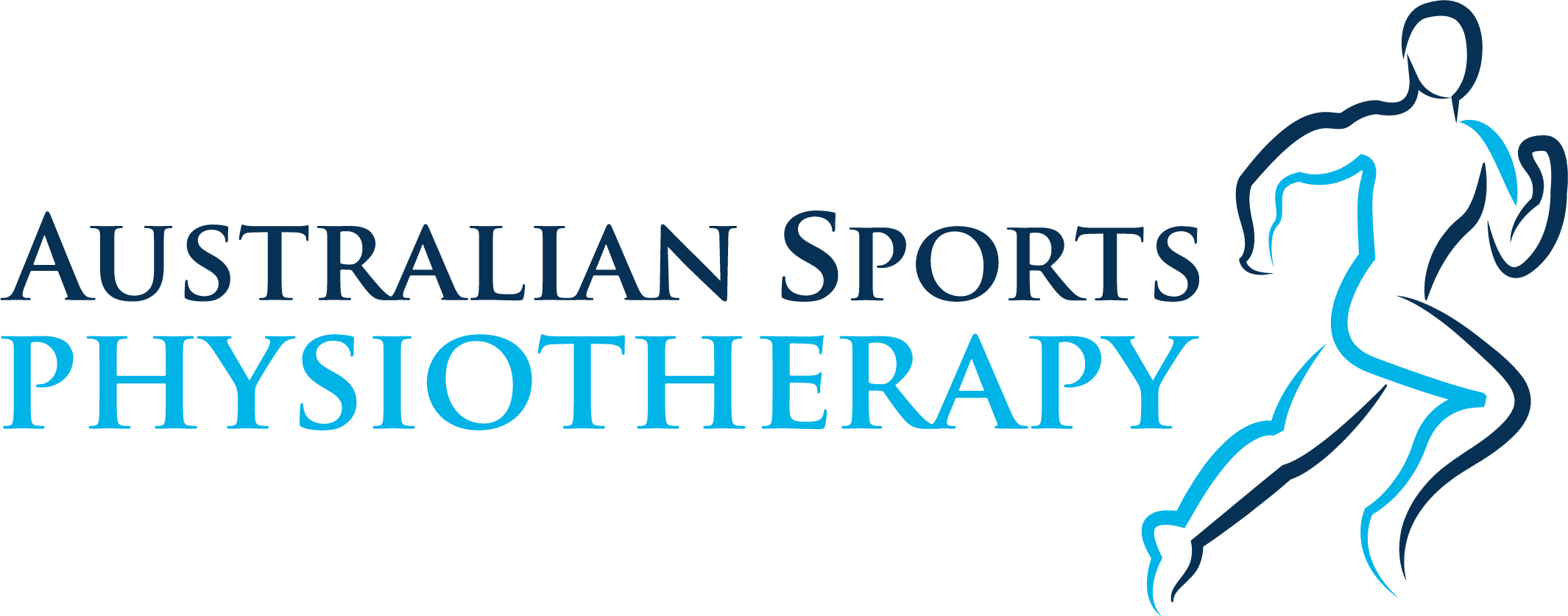Labral Tears are common injuries that occur in the shoulder joint. They are often caused by repetitive overhead movements or activities such as throwing, lifting heavy objects, or playing sports.
Labral tears are very painful and can cause long term problems such as instability and arthritic changes over time. If you suffer from shoulder pain, you should see a physiotherapist who has experience treating these injuries.
What is a shoulder labral tear?
The labrum is a thin band of cartilage that increases the surface area of the shoulder socket and provides more stability for the articulating humeral bone. It is also where other ligaments, including the rotator cuff, tendons, and muscles, come together to support the ball-and-socket joint. It is an essential part of your shoulder because it provides strength and stability to your whole arm.
When this cartilage is torn, a labral tear occurs. A labrum tear can happen in various locations, but the most common is where the biceps tendon attaches to the labrum.
When your labrum tears, it can cause pain and discomfort and partial or complete shoulder dislocation.
Types of shoulder labral tears
Superior Labrum from Anterior to Posterior (SLAP) tears and Bankart tears are the two most common labral injuries.
SLAP
A SLAP tear is a type of shoulder injury that affects the labrum, which is located inside the shoulder joint. It is most common in athletes who participate in overhead sports such as pitching, tennis, or volleyball. It usually occurs when throwing a ball or hitting an overhead shot, but it can also happen when they fall on an outstretched arm or tackle an opponent in sports like rugby.
The severity of a SLAP tear varies. The long head of the biceps tendon connects to the top of the labrum in the shoulder and can occasionally pull away from the bone. This is referred to as a Type 2 tear. Minor labral tears can be treated non-surgically with a carefully graded rehab physiotherapy programme.
Bankart tears
Bankart tears are more common in young, athletic people. They involve labrum damage or tearing caused by the humeral head in a shoulder dislocation. Anterior Bankart tears occur when the shoulder dislocates forwards, and posterior Bankart tears occur when the shoulder dislocates backwards. If not treated properly, these injuries can result in ongoing shoulder instability.
What causes a labral tear?
Labral tears can occur due to an injury or trauma and are a natural part of ageing.
A tear can occur over time as tissues degenerate and become weaker due to a single, powerful event. It is a combination of degeneration and a large force that becomes the last straw in most cases. Since the biceps tendon attaches to the socket via the labrum, any large force that pulls on the biceps tendon can cause the labrum to tear.
The following are the most common causes of labral tears:
- Catching and dropping heavy things.
- Overhead throwing is an example of a repetitive movement.
- Carrying heavy items.
Common symptoms of a labral tear
If you have a labral injury in your shoulder, you may experience any or all of the following symptoms:
- Tenderness in the front or back of your shoulder.
- During shoulder movements, there may be popping, catching, or grinding.
- Shoulder movement is restricted.
- Pain when moving the shoulders, particularly overhead and behind your back.
Physiotherapy treatment for a shoulder labral tear
Your physiotherapist can diagnose a suspected SLAP tear. SLAP tears are frequently graded from I to IV in severity to guide treatment.
In some cases, imaging may be recommended to confirm a tear depending on how you were injured, the severity of your symptoms, and personal circumstances. Imaging and clinical tests can help us gain a deeper understanding of what is going on.
Physiotherapy treatment typically results in:
- Strengthening the supporting shoulder muscles.
- Improving the shoulder capsule mobility and surrounding muscle flexibility.
- A full return to activity with sports-specific conditions.
Before considering surgical repair, physiotherapy is usually recommended as a prerequisite for most minor tears. In many cases, it can effectively help patients return to their previous activities without symptoms.
How long do shoulder labral tears take to heal?
The labrum reattaches to the rim of the bone after four to six weeks, and it takes an additional four to six weeks to strengthen. However, the healing process depends on many factors, including where the tear was located, how severe it was, and how well it was repaired during surgery if surgery was required.
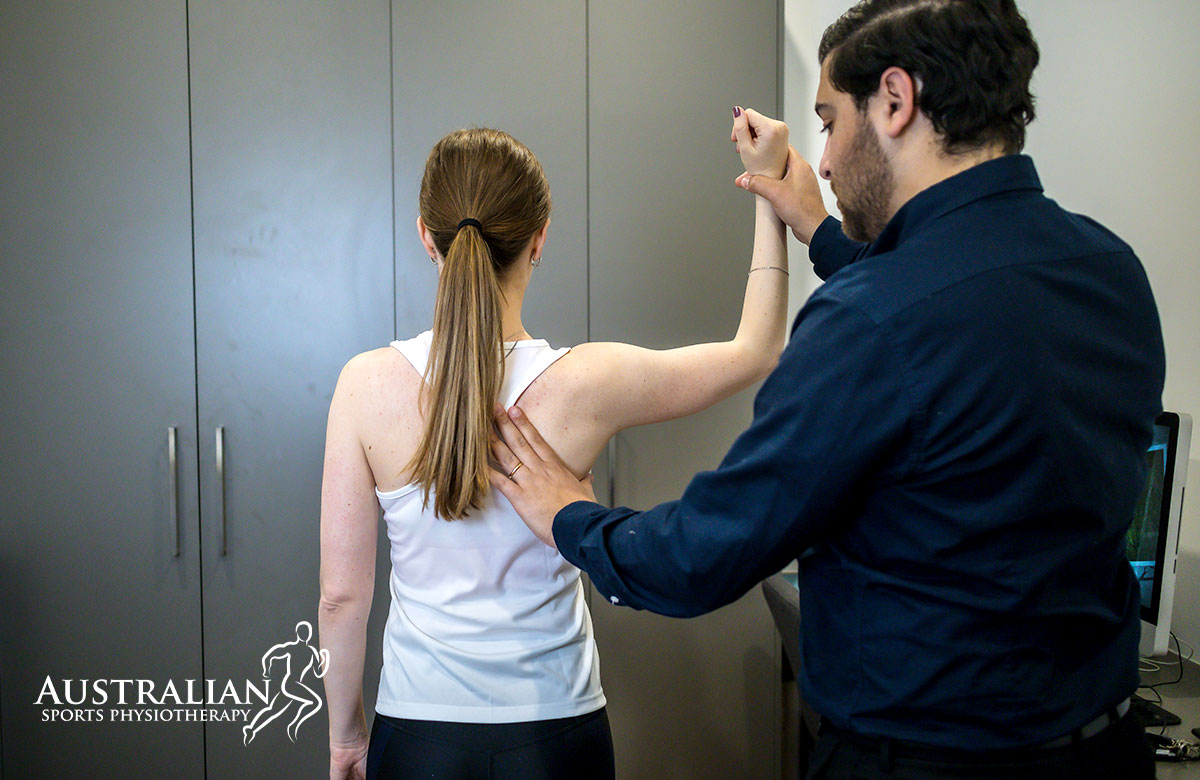
Final thoughts
Pre or post-surgery physiotherapy for a shoulder labral tear is critical for restoring shoulder joint strength and proprioception. This will usually involve a progressive exercise programme to allow post-surgical healing and advancing through increasingly difficult exercises until pre-injury performance levels are achieved.
Do you have shoulder pain or difficulty training because of it? Book an appointment today with one of our experienced shoulder physiotherapists at Australian Sports Physiotherapy.
